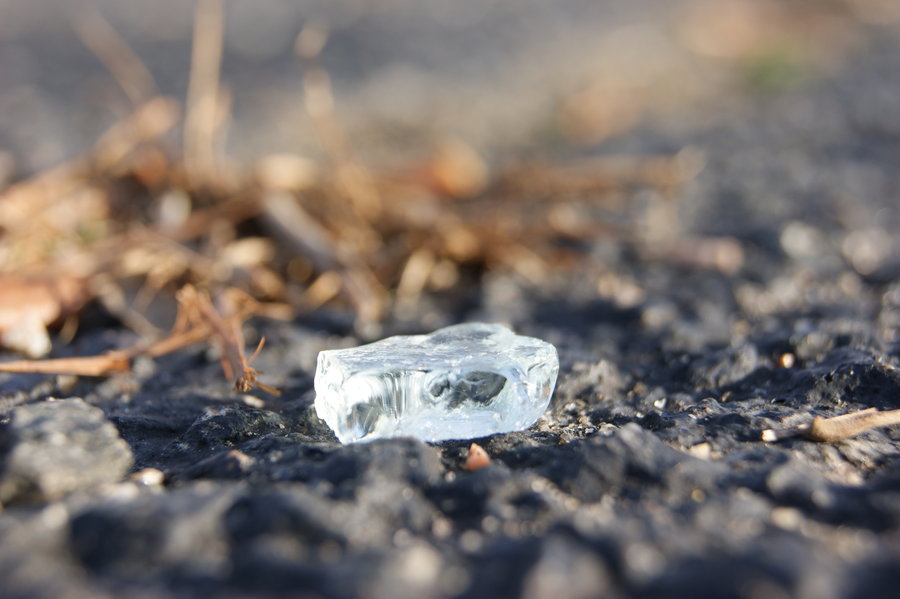
Better a diamond with a flaw than a pebble without one. – Confucius
For my blog this month, seeing as the subject is mining and diamonds I thought I would find some interesting facts on diamonds, where they are found, how they are mined and more:
The word diamond derives from the Greek word “adamas,” which means invincible or indestructible.
The largest diamond ever discovered was called the Cullinan diamond, and weighed in at an amazing 3106 carats, or 1.33 pounds. Discovered in 1905 in South Africa, the mine’s owner and the South African leaders gave the diamond to King Edward. The Cullinan was eventually cut into nine large diamonds and 100 smaller ones, and the three largest of these are on display in the Tower of London as part of the crown jewels.
Diamonds are formed hundreds of kilometers below the surface, as carbon is squeezed under intense temperatures and pressures. Kimberlite pipes bring the gems to the surface in eruptions that sometimes rise faster than the speed of sound. The pipes are rare. Of the more than 6000 known kimberlite pipes in the world, about 600 contain diamonds. Of these, only about 60 are rich enough in quality diamonds to be worth mining. West Africa has many “artisanal” operations in which people sift through river sediments for the occasional diamond eroded from a kimberlite pipe upstream. But a few pipes have been found in the thick jungle.
Africa is the world’s largest producer of diamonds, producing as much as 50% of global production. To date, Africa has produced over 75%, in value, of the world’s diamonds with more than 1.9 billion carats worth an estimated $US 158 billion mined. Angola, Botswana and South Africa are leading producers of diamonds.
Mining activities are centered around South Central Africa, with diamonds being produced primarily from kimberlite mines (South Africa, Angola, DRC, Ghana, Tanzania, Lesotho and Botswana), followed by alluvial dredging operations (Angola, CAR, Namibia and South Africa) and offshore marine diamond activities (South Africa and Namibia).
Before any actual mining even takes place, prospectors need to locate diamond sources first. To hit pay dirt and get to the larger sized rough crystals, geologists follow the trail of secondary diamond sources to determine where the primary sources of pipe deposits are.
Once the pipes are found and the presence of diamonds is proven true and profitable, shanks are inserted into the ground at the ore-bearing pipes and huge amounts of soil are extracted. In order to make mining efficient and effective, the raw rock and soil are typically not examined on-site.
Instead, they are transported to special plants where the ore is processed and the rough diamonds are extracted. Depending on how rich the ore is, a few hundred tons of ore might be sieved just to produce a single carat of gem quality rough diamonds.
Even after extraction, the precious gem is still far from being set in an engagement ring. Rough stones are then sorted into various gem-quality categories and industrial-specific grades. Thereafter, the roughs are sold, cut, polished and commercialised.
An estimated 10 million people globally are directly or indirectly supported by the diamond industry. From the countries where they are sourced to the countries where they are polished and sold, diamonds are supporting millions of people globally. In the African country of Namibia, the diamond mining industry is the largest single employer after the government. In Botswana approximately 25% of the labour force is directly or indirectly linked to diamonds.
“A Diamond is Forever” – NW Ayer Agency – One particular diamond producer got all the credit for this sentence that forever changed an industry, but the actual statement was delivered by an advertising agency. Before this impressive marketing campaign, diamonds were not necessary identified with romance, marriage or engagement. They were considered decorative jewellery and used for a variety of purposes. Then came the brilliant strategy of linking diamonds to the most sacred and beloved of American institutions; the wedding ceremony. However, one can’t truly say that prior to the 20th century, no lover had ever thought of diamonds as a romantic gift – in fact, one of the most famous diamond gifts in history was a diamond necklace given by Napoleon Bonaparte to Marie Louise.
And to end on a humorous note: “I never worry about diets. The only carrots that interest me are the number you get in a diamond.” ― Mae West
Sources
Mbendi
Wikipedia Open Pit
Wikipedia Underground
Brilliant Earth
Beyond 4 cs
Science Mag
Diamond Facts
About Marlaine Andersen
Leads 2 Business Advertising Co-ordinator and Digital Designer

